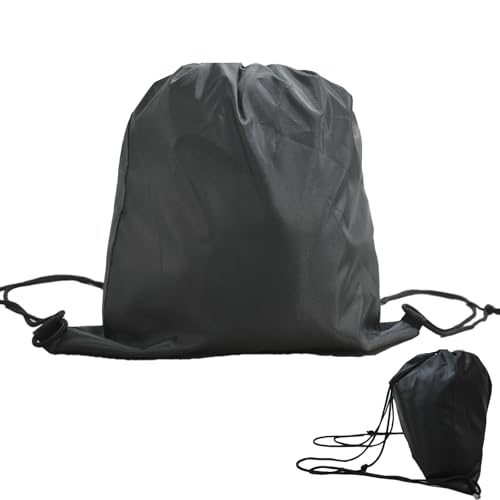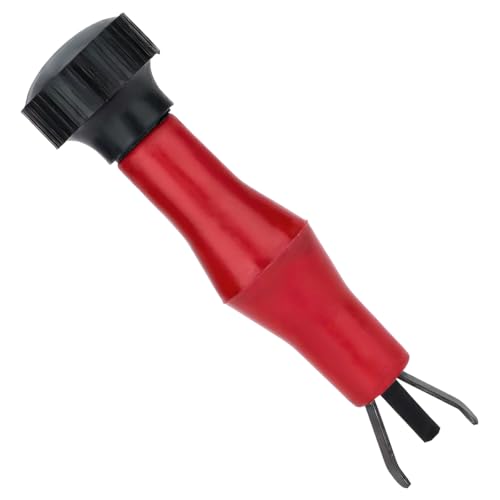markjenn
Well-known member
That's the problem I have with the defective valve seal theory. If each valve seal has a probability of 2% (arbitrary number for calc purposes) that it would cause the valve guide it seals to fail within 10K miles, then here would be the computed odds of different numbers of valve guides failing within a single engine:Jestal, from everything I have read about the tickers, the "failures" seem to be predominantly on the #1 cylinder rather than being random on all 4 cylinders. If the valve stem seals are the cause of the failures, is there any logical reason that the valve guides on the #1 cylinder are the most likely to fail?There was a report that the valve stem seals were changed for 2006 to allow more oil down the valve guide to eliminate the problem.
From the parts that I have seen and examined the idea of the valve guide/valve stem interface being "too dry" or starved a bit for oil makes a lot of sense. That fits the failure mode and the "random and rare" evidence of the failure.
0 fail: 85.1%
1 fail: 13.9%
2 fail: 0.1%
3 or more fail: 0.04%
(I'm not sure why these don't add up to exactly 100% - I'm using a binomial probability calculator I found on the net. Regardless, these numbers are representative of how these calculations progress.)
So about 15% of engines might fail, but BY FAR the most common failure would be for a single valve guide to fail and it would be EXTREMELY UNCOMMON for multiple guides to fail.
But the reported data so far is that engines that have had valve guide failure typically fail more than one guide. This strongly suggests that each valve guide is NOT independent of the rest - that within an engine there is some common mechanism that leads to failure that is common to all the valve guides in that engine.
You could explain this by saying that each valve guide is independent, but that some factor in different engines aggravates the failure mode and that tends to cause all the valve guides to fail. Or perhaps the guides are failing independently, but once the head is off, guide failure is over-reported.
I don't know the answer, just pointing out the problem with simple answers.
- Mark





















































